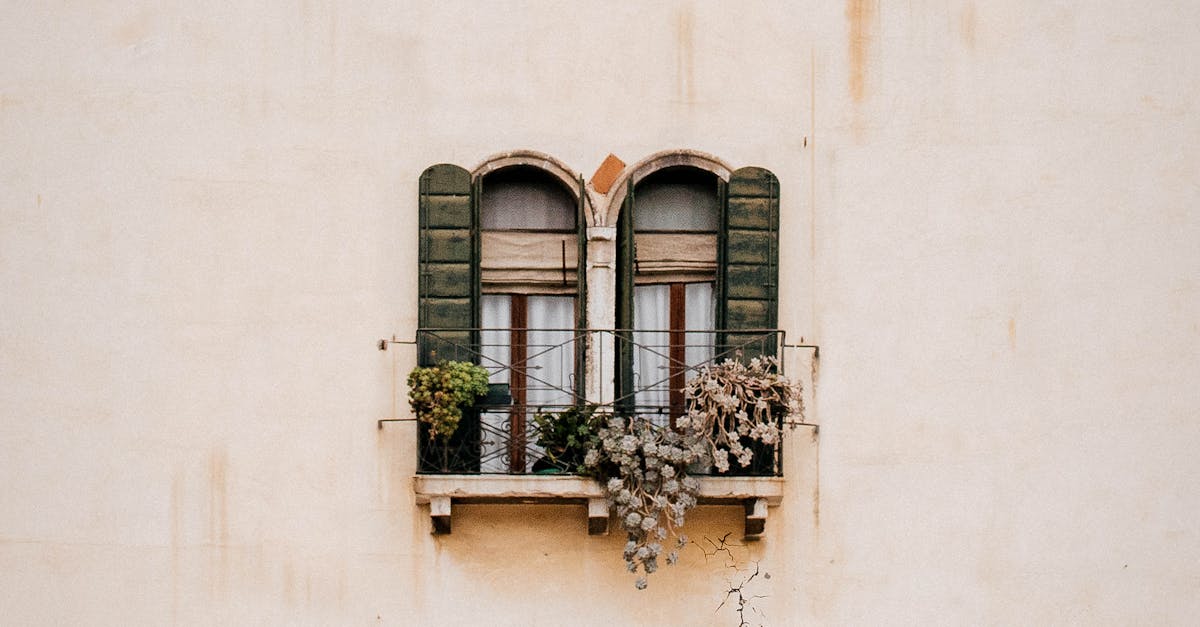In a world filled with constant distractions and excess, embracing a minimalist lifestyle can bring clarity and peace. By simplifying our surroundings, we invite a sense of calm and purpose into our homes. This journey towards less is not just about decluttering; it is about making room for what truly matters. In this article, we will explore some transformative minimalist living ideas that can enhance your space and overall well-being, allowing you to create a home that reflects your values and aspirations.
Main Points
- Understanding the core principles of minimalist living.
- Identifying items that add value to your life.
- Creating functional and joyful spaces.
- Implementing minimalist living tips in daily routines.
- Exploring the benefits of a simplified lifestyle.

1. Embrace Functionality: The Core Principle of Minimalist Design
At the heart of Minimalist Living lies functionality, a principle that transcends mere aesthetics. By reducing excess, we discover the true essence of purpose and utility in our surroundings. This often leads to an environment that promotes clarity and peace. However, embracing this principle isn’t always straightforward.
- Assess Your Needs: Identify what you truly require on a daily basis.
- Simplify Your Space: Remove items that no longer serve a purpose.
- Organize Mindfully: Create designated spaces for essential belongings.
Through these steps, the journey of Minimalist Living becomes clearer. It encourages not just a physical declutter but also fosters mental clarity and freedom.
2. Decluttering Your Space: Practical Steps to Achieve Minimalism
Embracing a Minimalist Living approach demands deliberate action. Start by identifying items that no longer serve you. Set aside a dedicated time weekly to tackle small areas, like drawers or shelves. This method prevents overwhelm, allowing for gradual progress. Consider implementing a one-in-one-out rule; for every new acquisition, let go of an old item. Curate your belongings with intention, focusing on what truly adds value. Remember, Minimalist Living is an ongoing journey towards serenity.
3. Choosing a Neutral Palette: The Aesthetic of Calm and Simplicity
Embracing a neutral palette is more than a mere design choice; it cultivates an atmosphere of tranquility. By selecting soft whites, gentle greys, and muted earth tones, you create an inviting space that promotes relaxation. This aesthetic of calm and simplicity not only enhances mental clarity but also allows for personal expression through carefully chosen decor. Such a palette deftly balances creativity with functional living, ensuring that each element harmonizes with the overarching theme of minimalist living. Hence, aim for cohesion while remaining open to subtle variations.
4. Multi-Functional Furniture: Maximizing Space with Style
In today’s modern living spaces, Minimalist Living principles inspire the design of multi-functional furniture. These cleverly crafted pieces serve dual purposes, making them indispensable in compact environments. For instance, a sofa bed can transform a cozy sitting area into a guest bedroom, efficiently utilizing every inch. Moreover, nesting tables can expand into a dining solution when entertaining, showcasing versatility without sacrificing style. Such furniture not only maximizes space but also adds aesthetic appeal, reflecting personal elegance in Minimalist Living. This seamless integration of function and beauty embodies the essence of modern design.
Benefits of Multi-Functional Furniture
- Space Saving: Ideal for small areas, it allows for effective utilization.
- Cost-Efficient: Purchasing fewer pieces ultimately saves money.
- Adaptability: Easily reconfigure your layout for different occasions.
In conclusion, integrating multi-functional furniture into your home facilitates a balance between functionality and style, embracing the core ethos of Minimalist Living.
5. Bringing Nature Indoors: The Role of Plants in Minimalist Living
In the quest for Minimalist Living, integrating plants into your space can be transformative. They not only enhance the aesthetic but also purify the air and boost your mood. Imagine the serenity of a small cactus on your windowsill or the calming presence of a fern in your living room. Such elements help to create a balance between nature and minimalism. Moreover, choosing low-maintenance plants ensures your home remains clutter-free while embracing the beauty of the natural world.
Why Plants Matter
Ultimately, plants serve as a reminder of life’s simplicity within your Minimalist Living philosophy. They invite a sense of calm and purpose, allowing you to appreciate your curated space. Furthermore, their ability to thrive with minimal interference embodies the essence of minimalist principles. Therefore, consider adding these lively companions to your home; they may just be what you need to connect more deeply with your surroundings.
6. Mindful Decor: Selecting Meaningful Items for Your Home
Creating a space that embodies your essence can significantly enhance your well-being. When considering your decor, opt for items that resonate with your personal history and values. This approach not only promotes a sense of peace but also fosters deeper emotional connections. Aim for minimalist choices that avoid clutter, ensuring each piece tells a story. Remember, a harmonious environment encourages mindfulness.
“The beauty of selecting meaningful items lies in the unique narrative each piece brings into your home.”
Key Considerations
| Consideration | Importance |
|---|---|
| Emotional Value | Creates a personal connection |
| Aesthetic Appeal | Enhances visual harmony |
| Sustainability | Supports eco-friendly living |
Incorporating a few carefully chosen items into your living space can transform it into a sanctuary where minimalist ideals thrive. This conscious decor style is beneficial not just for aesthetics, but also for cultivating a soothing atmosphere.
7. Creating Zen Spaces: How to Foster Serenity through Minimalism
In our fast-paced world, creating zen spaces is essential for achieving tranquility. By embracing minimalist living, you can cultivate an environment that promotes peace and mindfulness. Here are some strategies to consider:
- Declutter: Remove unnecessary items to create open spaces that invite calm.
- Simplify Decor: Choose a few meaningful pieces instead of a cluttered display.
- Natural Elements: Incorporate plants and natural light to enhance serenity.
Through these practices, your home can become a sanctuary, allowing you to relax and recharge effortlessly.
Conclusion
Living minimally can bring a sense of clarity and peace to our often chaotic lives. It encourages us to focus on what truly matters, to let go of excess, and to cherish our surroundings and experiences. By embracing Minimalist Living ideas, we can create spaces that reflect our values and priorities. This lifestyle not only enhances our mental well-being but also fosters a deeper connection with ourselves and others. Therefore, if you find yourself overwhelmed by the clutter, remember that simplifying your life can lead to profound changes. Embrace the journey of minimalism, and you’ll discover the beauty in simplicity.
Frequently Asked Questions
What is minimalist living?
Minimalist living is a lifestyle that prioritizes simplicity and the elimination of excess possessions, distractions, and obligations. It focuses on valuing experiences over material possessions.
How can I start living a minimalist lifestyle?
You can start by decluttering your space, assessing your belongings, and keeping only what you truly need or love. Gradually simplify your daily routines and be intentional about new purchases.
Is minimalist living only about decluttering?
While decluttering is a key component of minimalist living, it also encompasses a mindset of intentionality, sustainability, and mindfulness regarding how you spend your time and resources.
Can minimalist living work for families?
Yes, minimalist living can be adapted for families. It involves creating systems and habits that focus on shared values, reducing clutter, and prioritizing quality time together over material items.
What are the benefits of minimalist living?
Benefits of minimalist living include reduced stress, increased clarity and focus, more time for meaningful activities, financial savings, and a greater appreciation for experiences rather than things.



